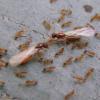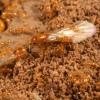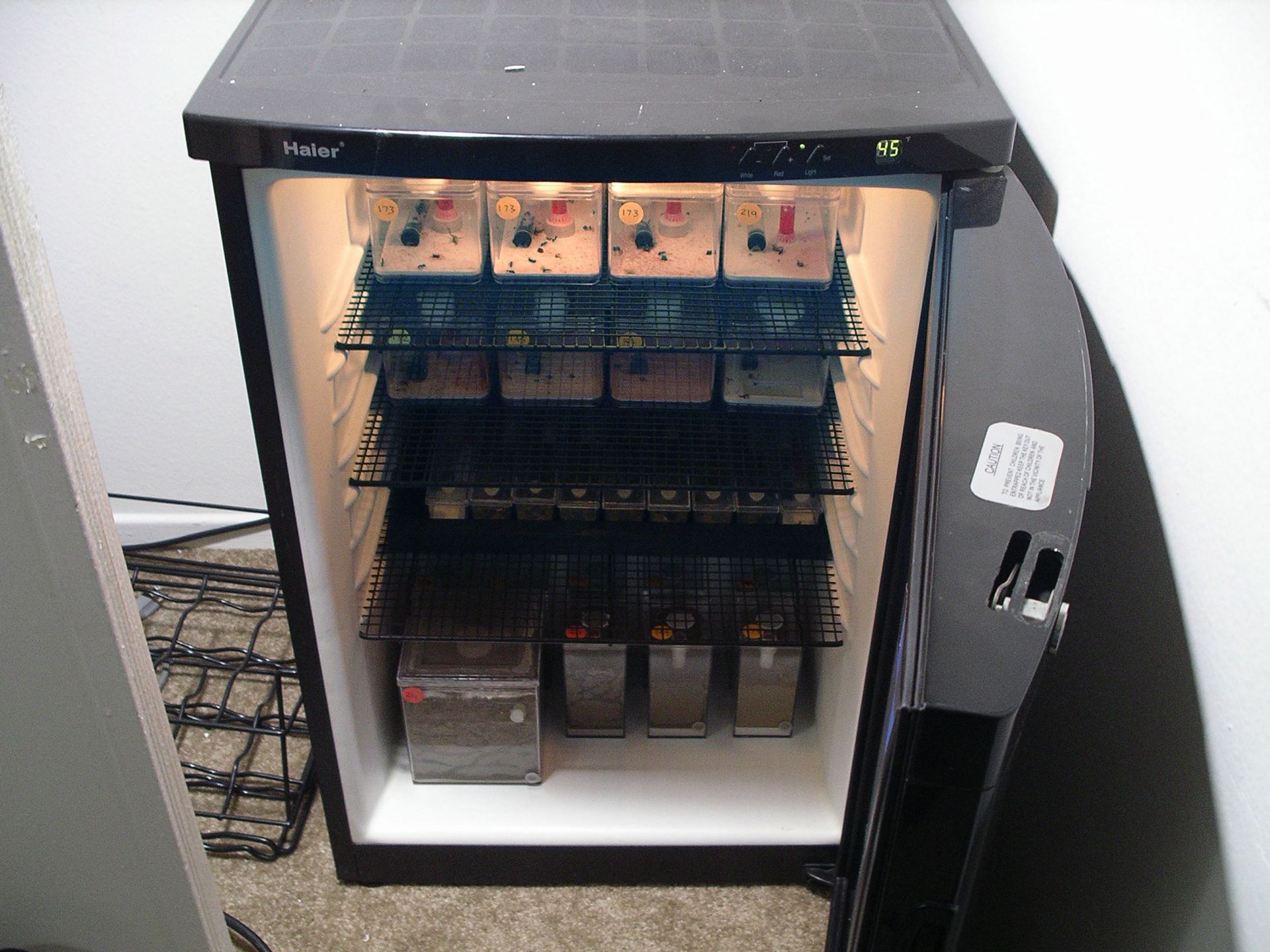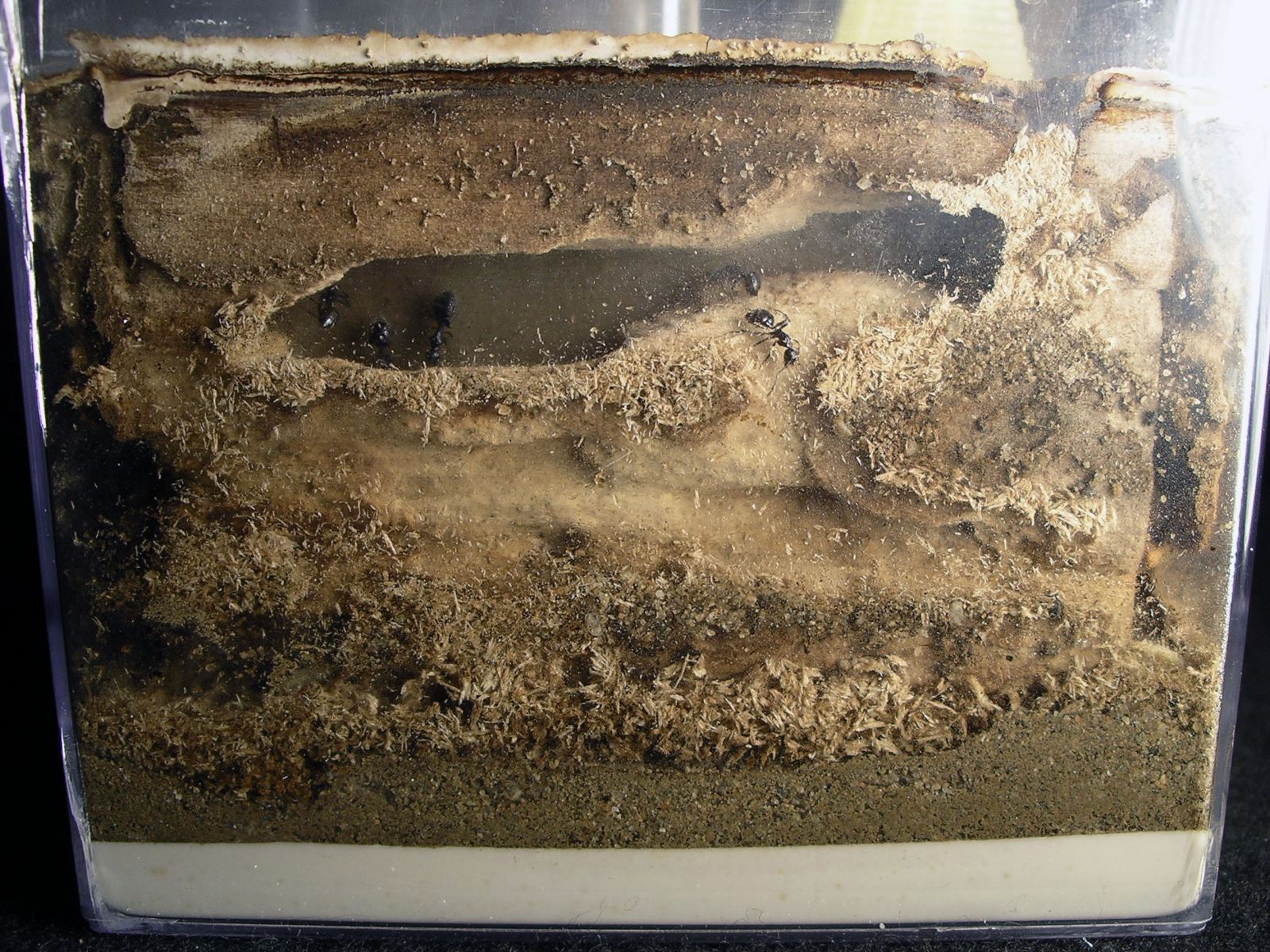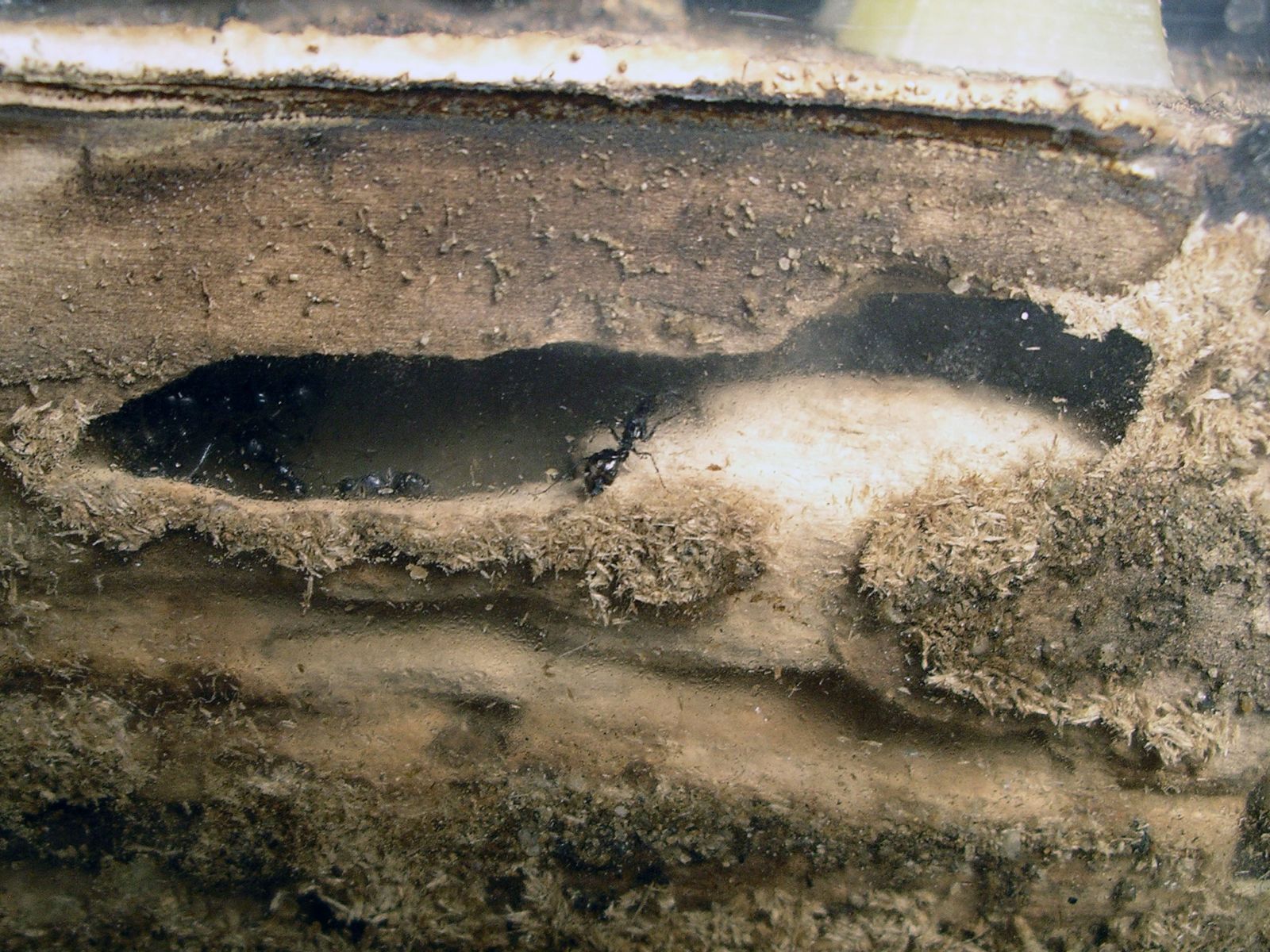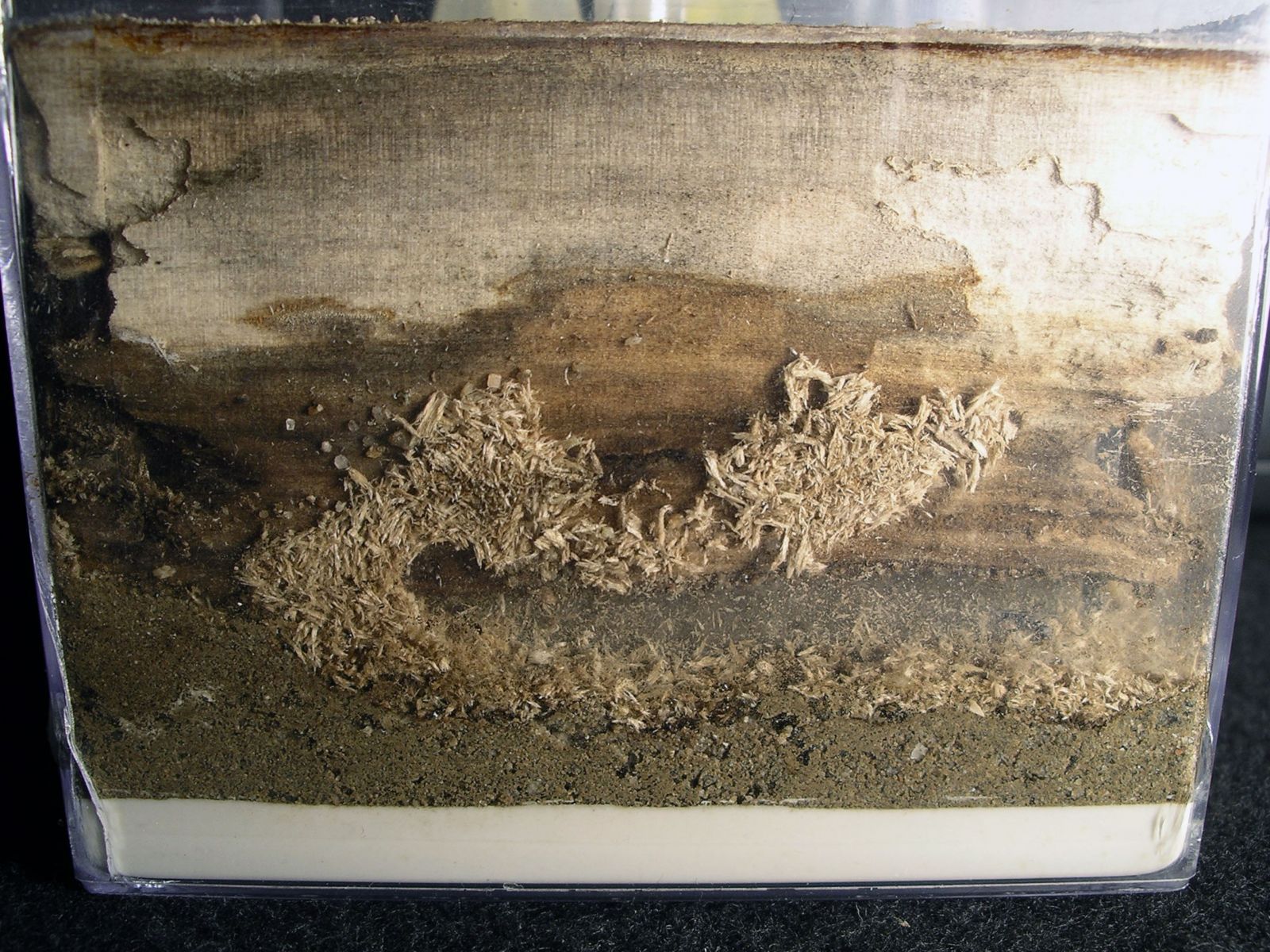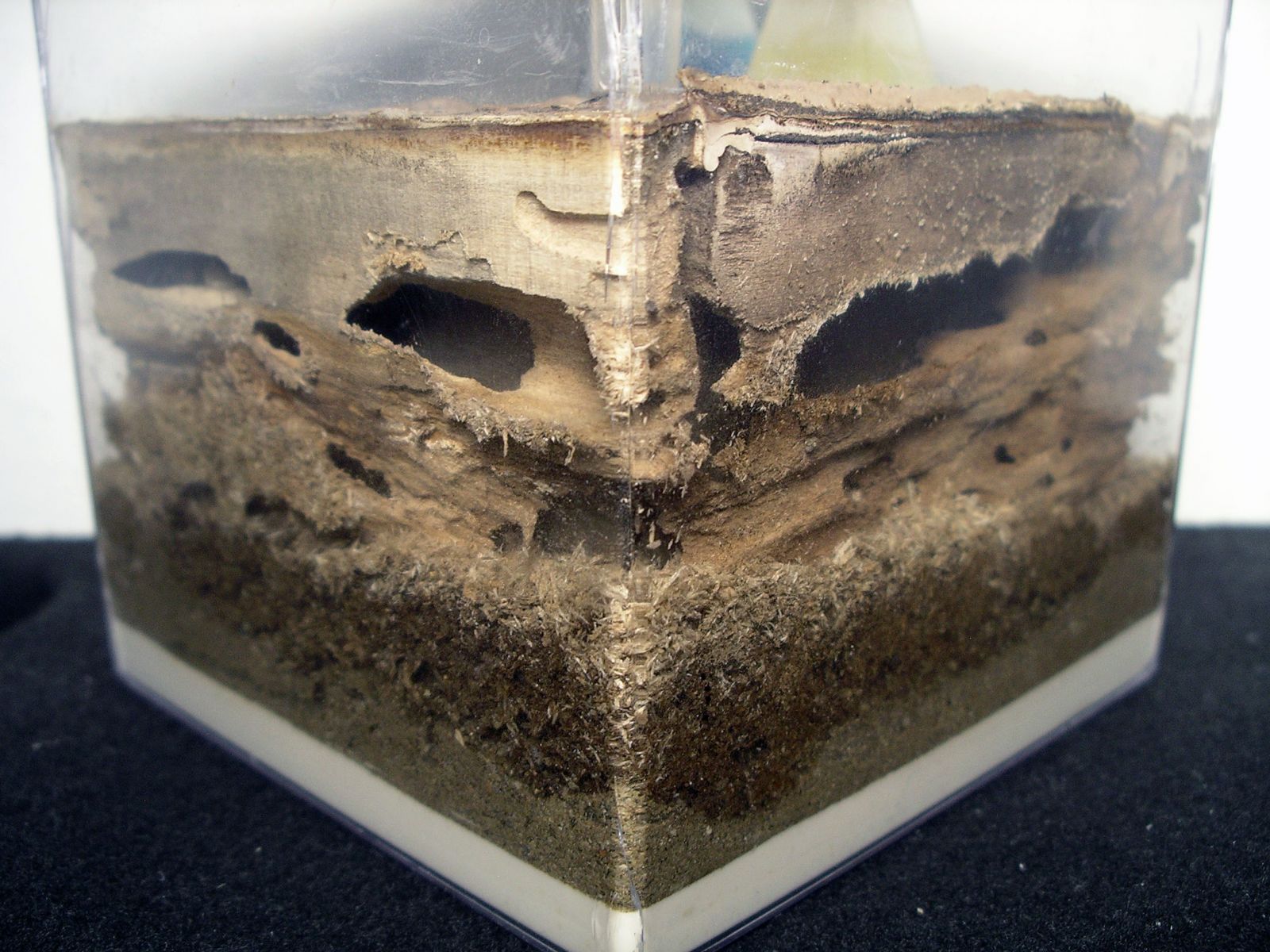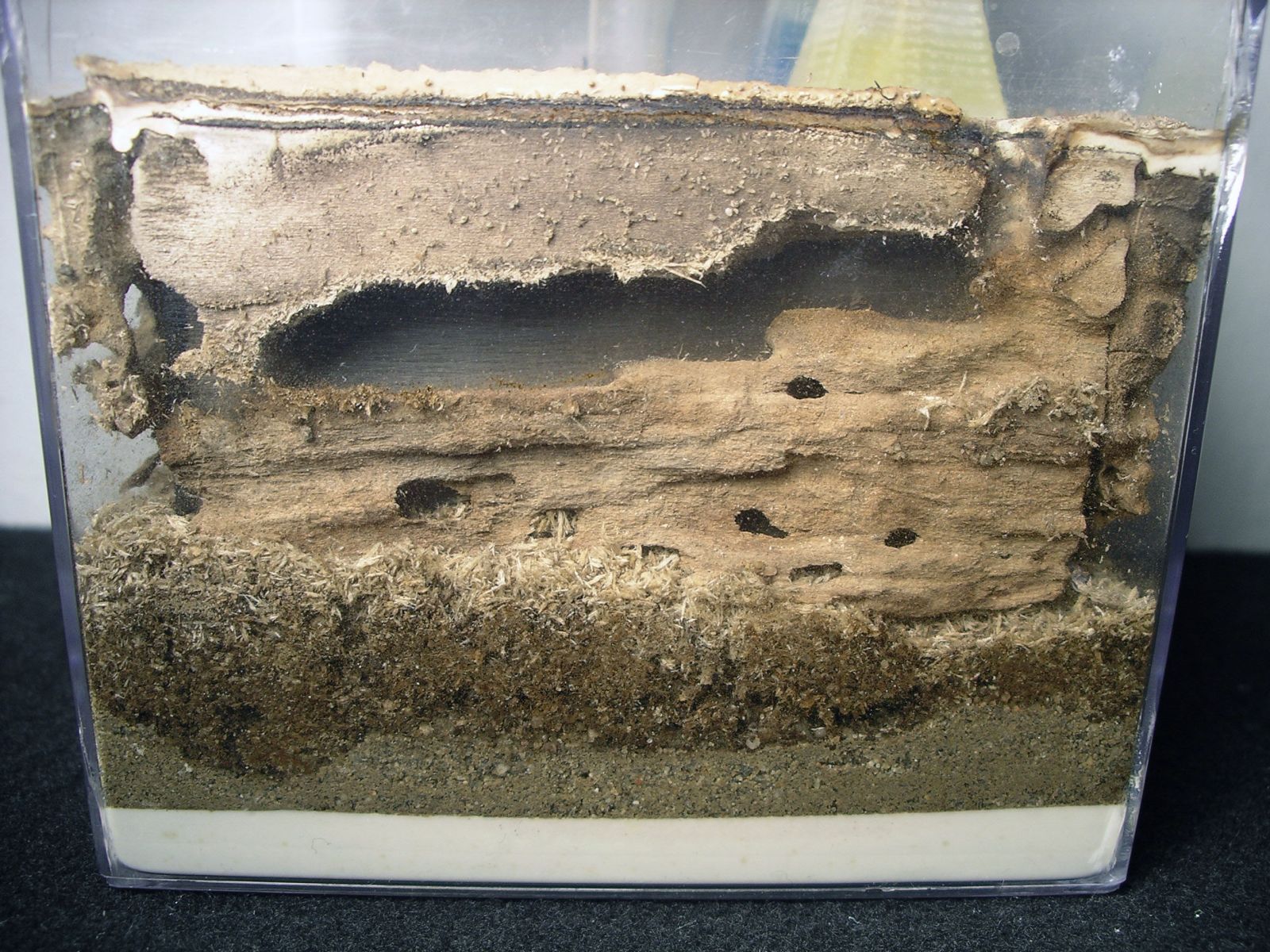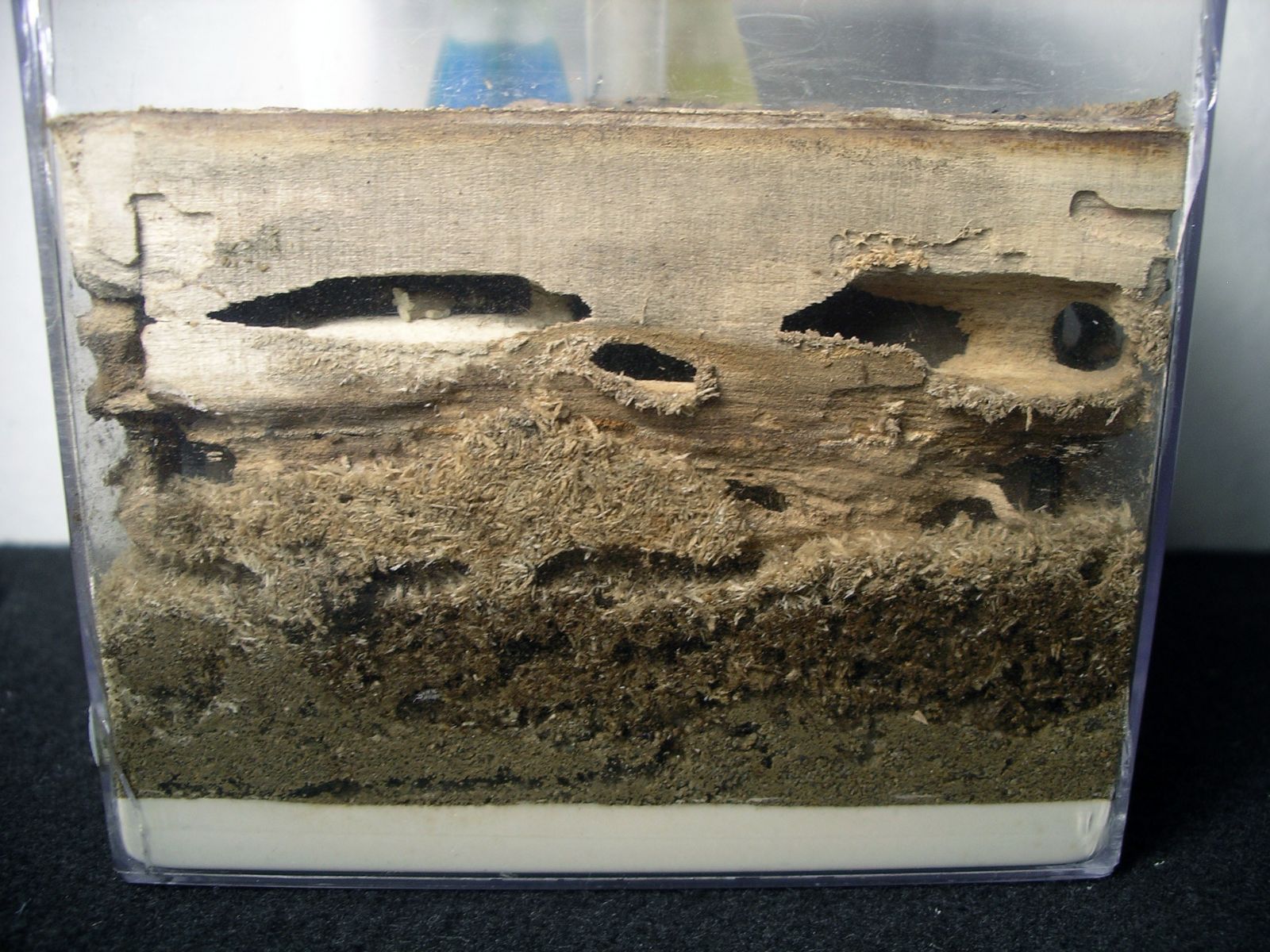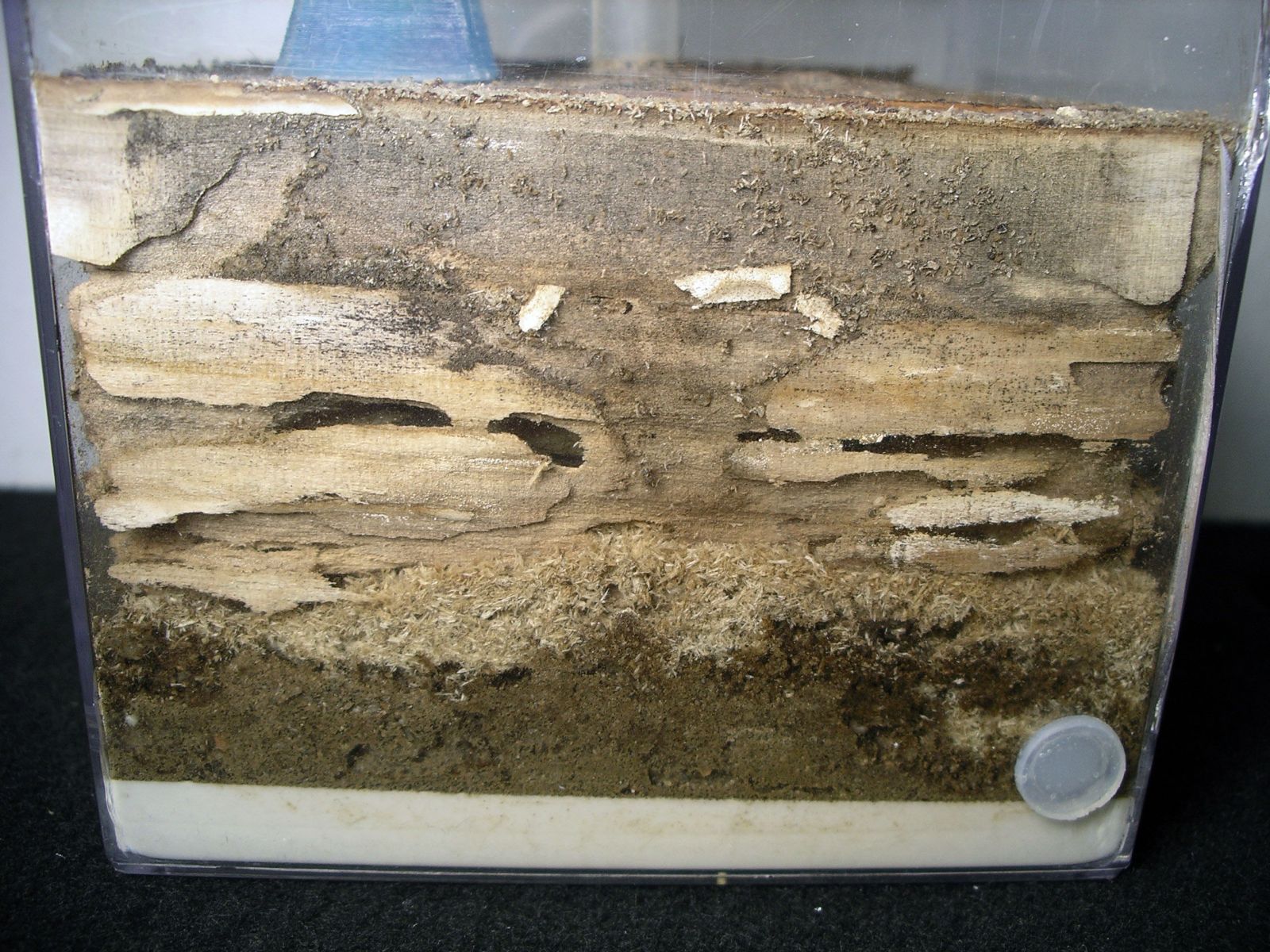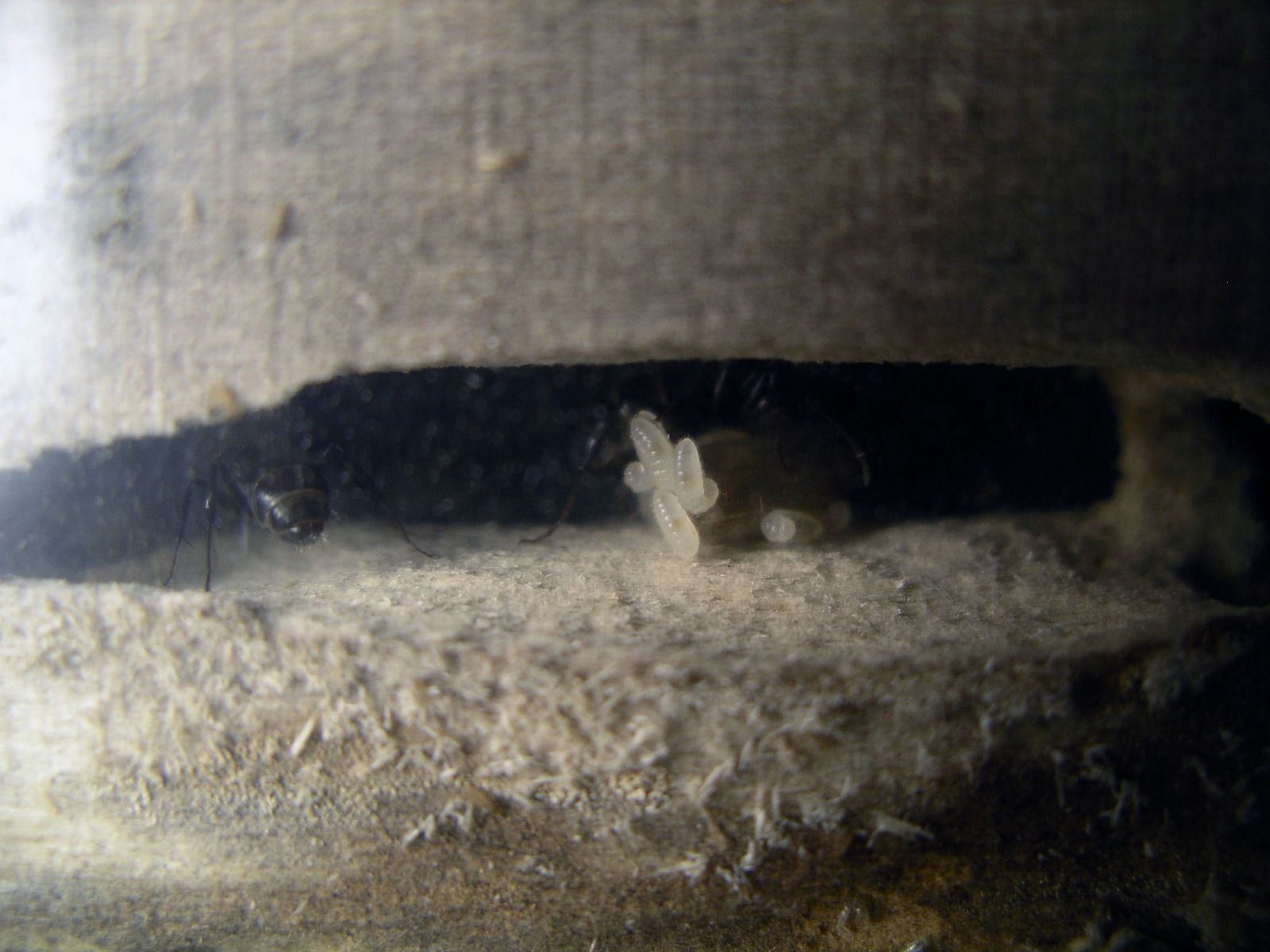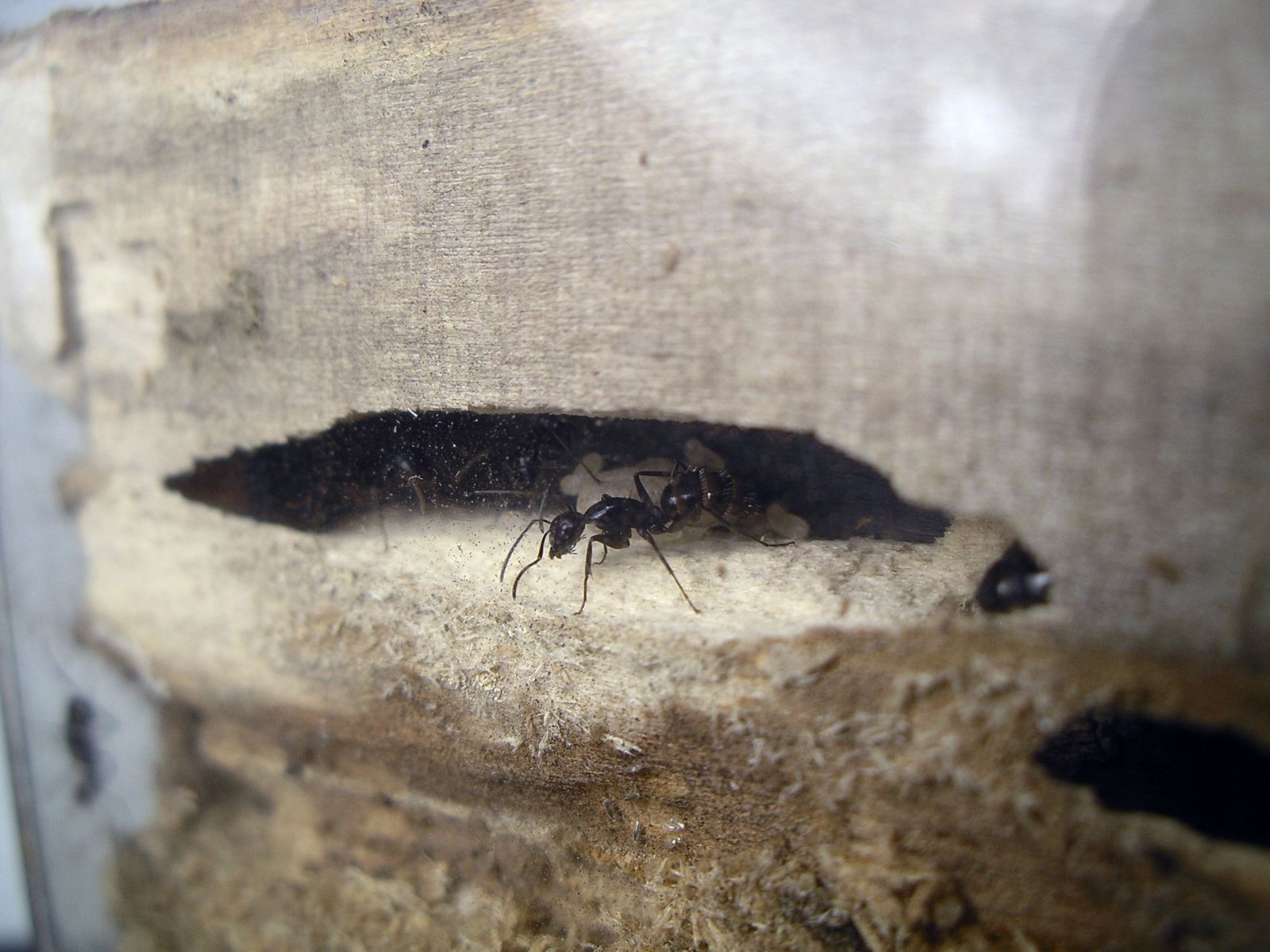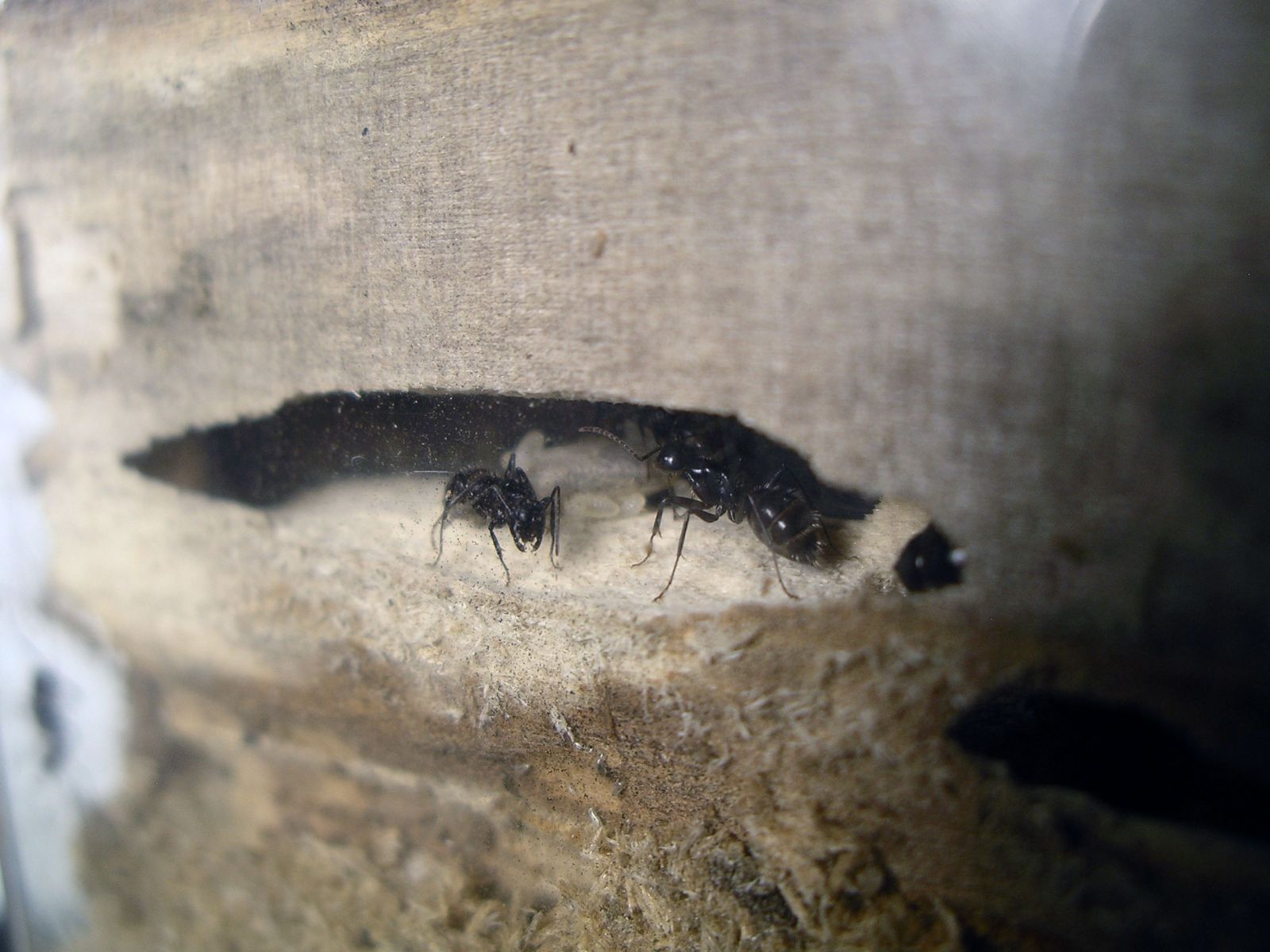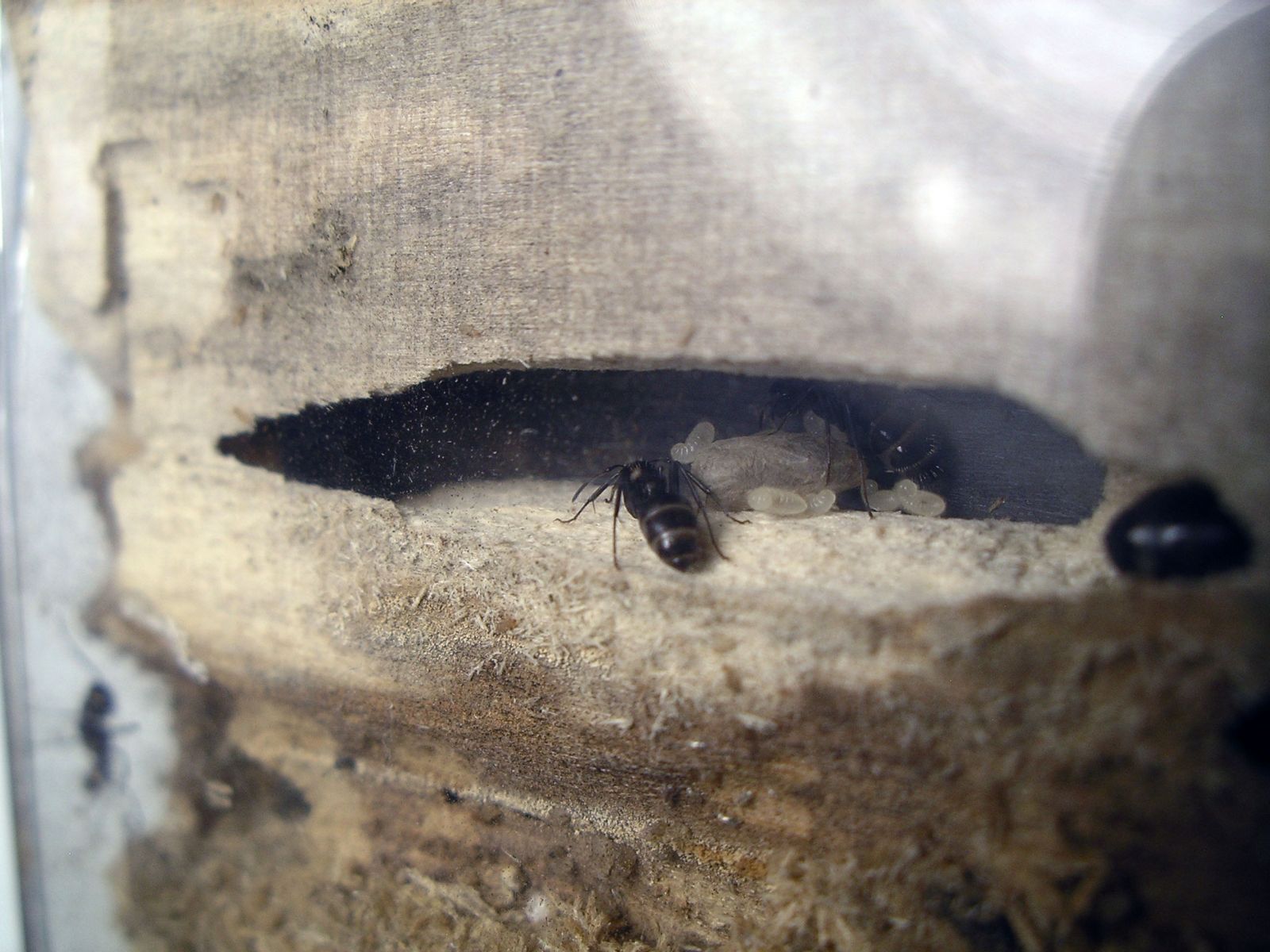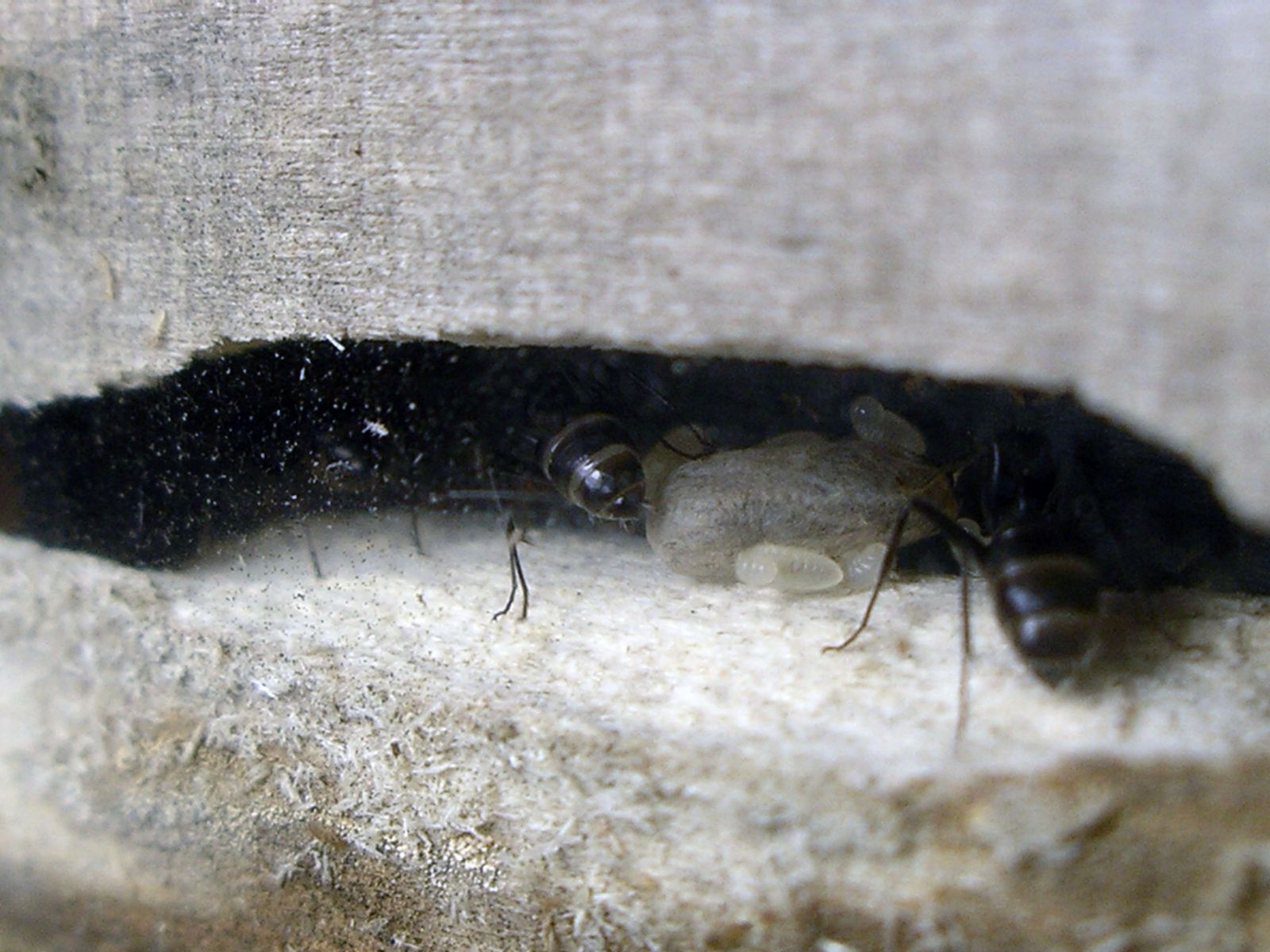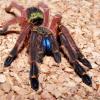Update 9-16-2015
I'm really surprised how well these colonies are doing this year. Only one colony looks to have lost two workers. Right now the worker count for all four colonies is 15, 15, 18, and 21. The one with 18 workers has about 15 pupae, and a whole bunch of larvae and eggs as well, so this colony is going to be doubling in size very soon. Also one of the smaller colonies already has what looks like a small major on the way.
- Formiculture.com
- Forums
- Gallery
- Members
- Member Map
- Chat





